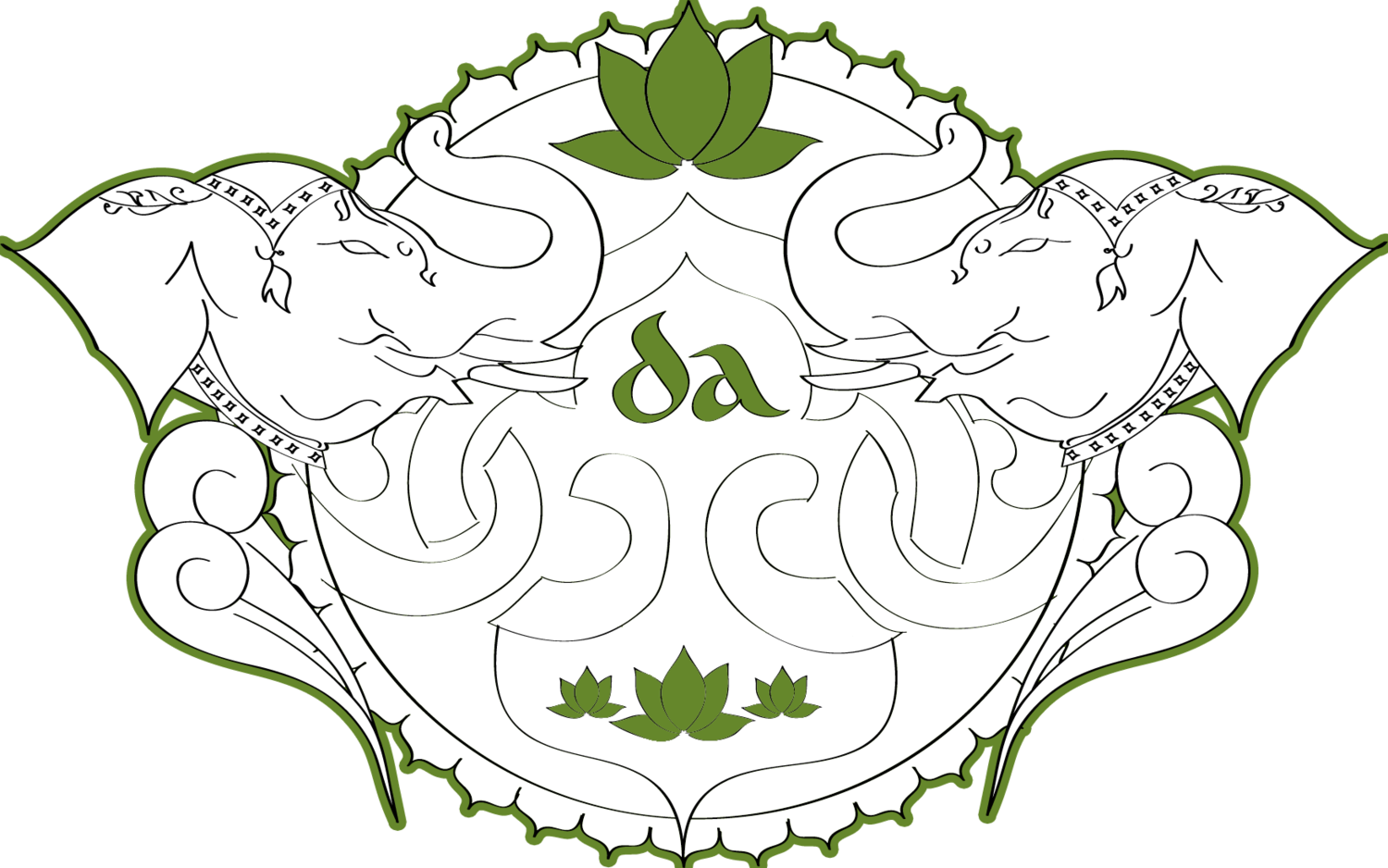In most yoga websites, articles, and conversations when people talk about what the definition of yoga is they usually say, “yoga means union.” But what does this word so commonly used really mean?
Is it union of mind, body, and spirit? Union of the individual limited self to the unlimited Divine? Or union of the broken parts of ourselves into a oneness or wholeness?
To get a better understanding of where this association of yoga as union came about it can be valuable to have a greater scope of the history of yoga (for more on this download my article http://www.dannyarguetty.com/HistoryofYogaFINAL.pdf)
In short the word union, which also means merger, blend, or synthesis, implies that we start out separate, incomplete, and broken.
From this place, in many yoga traditions, our charge is to reunite with the Divine force that will take all of our flaws away and lead us back to perfection.
Whether it is crossing over from the limited to the unlimited in Classical Yoga, eradicating diversity to reach the one in Advaita Vedanta or merging Shiva and Shakti in the early Tantras, the goal is always about solving the problem of human existence, which is deemed less desired than our original nature.
In the later Tantras, a new philosophy took root and the original idea of union was challenged.
The Shakta or Goddess based tradition began to ask, what if life is not a problem to be solved? What if we don’t need to cross over, or pierce an illusion, or dissolve one energy into another? What if we are already interwoven into the fabric of the cosmos, different, but never separate? What if the seed for all that we need is already inside of us? What if the Divine was trying to become us, instead of us trying to return back to the Divine?
“While classical yoga maintains that yoga is the way human beings realize that the immortal is not to be confused with the mortal, the unconditioned with the conditioned, and the eternal with the temporal, the Rajanaka [Shakta Tantra] seeks to understand how one is actually the other. Yoga then is not merely how we would go about deriving our own perfectly lucid self-realization. Yoga in the Tantric mind is precisely how the Divine itself goes about expressing, choosing, and coming into its own infinite possibilities.” Douglas Brooks
With this new belief that the goal of yoga was no longer union, yoga was redefined as the act of yoking, attaching, a means, method, or application. As opposed to a static union that implies a fixed culmination or an end point to a journey, yoga in the Shakta Tantra turns into an engagement and participation with the gift of embodiment.
In other words, the diverse practices of yoga help us reawaken and recognize that we have always been in synthesis with the divine and are expressions of it. Once we have that recognition we can utilize our knowledge to step more fully into the world; to steer our path, while still remembering that we are always in relationship with a greater force.
To more clearly understand the idea of yoga as the act of yoking or applying oneself, contemplate an actual yoke, a device used to join two oxen together. In this metaphor, we don’t merge the two animals together but we do create relationships between the three entities (oxen one, oxen two, and the yoke).
Yoga and all of its various practices help us build connections and relationships to all facets of life. Whether we are cultivating inner pause through seated meditation, learning about ourselves through a process of reflection in partnership, or communing with Goddess, Nature, or the Universe through prayer, ritual, or mantra, our goal is not to dissolve our own individual nature, but instead, to invoke the commingled dance between individual and universal presence in order to live more fully in this world.
“In short, the Rajanaka [Shakta Tantra] believes everything is the Divine, which is ever-becoming more of itself, not simply a singular core from which all things originate and to which all things return, but an infinitely expanding reality.” Douglas Brooks

